1. Future Craft Workshop 2013
Designer: lanzavecchia + wa, Sadhiya Hanindita, Sean Bunjamin, Adhi Nugrana
Client: 2013 International Furniture Fair Singapore
Location: Solo City
The Future Craft Workshop is a project initiated by Singapore Furniture Industries Council (SFIC) and Himpunan Desainer Mebel Indonesia (HDMI) . The project gathered designers from Singapore, Sweden and Indonesia in order to go on an educational journey to Rempah Rumah Karya in Solo City, Indonesia, popular town for its gifted craftsmen on rattan, ceramics, bamboo, wood and teak. The purpose of this journey was to allow them to learn the traditional Indonesian crafts from the local experts. The goal was to encourage new approaches and perspectives towards modern-day design while using traditional Indonesian crafts, and applying contemporary design language while experimenting with natural materials such as teak, bamboo, rattan, recycled wood and ceramic. The final models were showcased at the 2013 International Furniture Fair Singapore (IFFS), Asia’s most prestigious furniture trade show.
In depth information here:
https://asiandesignrmit.wordpress.com/2013/09/12/future-craft-workshop-2013-indonesia/
References:
http://www.designboom.com/design/futurecraft-workshop-at-iffs-2013/
2. AlvinT
Designer: Alvin Tjitrowirjo
Location: Jakarta
Debonair, synthetic rattan
AlvinT is the brainchild of Indonesian-born designer Alvin Tjitrowirjo. Building from the rich and diverse cultural heritage of his homeland, Alvin’s designs signify a new approach to modern design. He involves the work of skilled local artisans, reinterpreting tradition for the urban public and bridging the gap between art and design itself. After graduating with a Bachelor of Industrial Design from RMIT University, Alvin joined the Melbourne Movement, an organization that promotes young Australian designers. It was during this time that the Bell Chair was selected to be exhibited at the world’s leading furniture fair, Salone Satelitte in Milan 2005. Following this success, the Snug was exhibited at Melbourne Design EAlvin is currently a part time lecturer of furniture and interior design in University of Pelita Harapan Jakarta.
the Snug
The philosophy of AlvinT, is to raise global awareness and offer an experience through which people can recognize and appreciate the beauty of Indonesian art and history. Although it is very important for them to retain the essence of history, considered the engine and soul of their creation, they are also commited to producing original designs with a touch of the avant-garde. All products are worked on almost entirely by the hand by Indonesia’s finest craftsmen. Tradition and innovations are merged seamlessly with the use of both the finest traditional and industrial materials such as aluminium, stainless steel, rattan and teakwood.
Linger natural Rattan
Mingle, natural rattan with iron frame
Lampu Janur (inspired by the shape of janur, a traditional decorative handicraft that is normally used to decorate traditional ceremonies) plywood and teak veneer
Reference:
http://www.alvin-t.com/index.php
3. BIN House
Designer: Josephine ‘Obin’ Komara
Location: Jalan Purworejo, Menteng
Obin’s search to find contemporary fabrics that could compare with the antique textile pieces in her own collection, convinced her that the rich heritage of Indonesian textile weaving and dyeing had been almost forgotten in the midst of mass machine production. Rather than lamenting the passing of an era and the loss of an art, Obin set about breathing new life into the dying handmade cloth industry. In the 1986, BIN house opened its first shop in Jakarta, which was soon followed with scores of textile exhibi-tions, mainly in Japan and in Indonesia
Inspired and intrigued by the centuries-old cloth making techniques of batik, ikat weaving, tie & dye and stitch & dye that have made Indonesian fabrics famous, the exquisite fabrics from BIN house are entirely hand-spun and had-woven by the finest Indonesian artisans, with no assistance from modern technology. Each piece of cloth is a product of meticulous craftsmanship that often takes months-sometimes a whole year—to finish. Very often, more than 40 artisans are involved in this lengthy labour of love. The intricate patterns depicting ancient and near-extinct mo-tifs are results of complex methods of fabric weaving and batik dyeing .
Reference:
http://www.binhouse.com/thebinhouse/index.html
4. Jenggala Keramik
Designer: Ade Waworuntu, Jesika Tirtanimala
Location: Bali
Handbag Collection by Jesika Tirtanimala, exhibited at Asia Now, LA. Ceramic and teakwood
Founded in 1976 by three creative minds: artist Brent Hesselyn from New Zealand who specialises in pottery and ceramics, hotel owner magnate Wija Waworunto and his daughter Wade Waworunto. It started as an experiment and has developed in a refined industry. Inspired by Bali’s traditional crafts and materials, their aim is to invent products that will appeal and endure.
Kendi, Indonesia’s traditional drinking vessel made of terracotta. The new approach is with ceramics and wood and the neck is detachable for easy washing to adapt to modern lifestyle.
Rantang: lunch carrier by Jesika Tirtanimala
References:
https://www.jenggala.com/home.php
http://www.designboom.com/design/jesika-tirtanimala-and-sasanti-puri-ardini-at-asia-now/
5. Treecycled Furniture
Designer: pt. epos modern indonesia
Location: Jepara, Central Java
Established in 1996, indonesian based, dutch company pt. epos modern indonesia develops
finger joint laminated and solid wood furniture made from recycled wood. off-cuts from local furniture industry and pieces of old, drifted wood are glued together with resin to create benches, stools, tables, … Some of the ‘treecycled’ furniture include LED lighting – the company’s new collection with the motto ‘LED’s treecycled’, has been presented at the IFFS singapore furniture fair 2010. The company has developed methods to combine old wood pieces with LED lighting technology. The eroded wood lit with blue and green have an underwater scene effect.
MDF and manggo wood
References:
http://www.posmodern.eu/contact_furniture_store_warehouse_wholesaler_furnitures.php
http://www.designboom.com/design/treecycled-furniture/
6. Mbaru Niang Preservation
Location: Wae Rebo Village, Flores Island, Indonesia (South-East Asia)
Architect: Rumah Asuh/Yori Antar, Tangerang, Indonesia
Client: Wae Rebo Community
Completed: 2011
Design: 2008
Site size: 6’500 m²
Ocal, Angerang-based architect Yori Ansar started the Rumah Ansu project as a movement to preserve traditional houses and building technologies throughout indonesia. the architect takes young designers to distant villages to both experience and renovate existing traditional homes– all under the premise that indigenous culture has time-tested methods for building effective and perfectly acclimated dwellings. Believing in the power of local wisdom has proved fruitful for the architect, who just earned a spot on the shortlist for the aga khan prize for architecture, shortly on the heels of garnering UNESCO asia-pacific award for cultural heritage conservation, specifically for his work with the wae rebo community in Flores Island, Indonesia. in the ‘mbaru niang preservation’ the architect initiated a community-led revival of the vernacular ‘worok’ homes, conical constructions of tied-together wood and bamboo.
Reference:
http://www.designboom.com/architecture/yori-antar-mbaru-niang-preservation-flores-island-indonesia/
http://www.akdn.org/architecture/project.asp?id=4317
7. Tulola
Designer: Sri Luce Rusna
Location: Semingyak Bali
Tulola is a contemporary jewelry label with the simple quest to craft beautiful jewelry through celebrating rare artisanal skills, timelessness in design, and purity in materials. Central to the Tulola mission is the design studio and workshop. The Tulola Workshop reworks familiar influences by resurrecting age-old motifs and gold-smithing techniques into new shapes, forms and applications. The workshop brings together a group of experienced and passionate individuals committed to elevating an ancient art form. By crafting our pieces in-house we are able to ensure the quality of workmanship of each and every piece that carries our name.
Reference:
http://www.shoptulola.com/pages/about-us
8. Anhar Setdjadibrata
Architect: Ahar Setdjadibrata
Location: Bali
a. Villa Tugu
b. Jimbaran Bay
c. Tugu Malang
9. John Hardy Jewelry
Designer: Guy Bedarida
Location: Bali
John Hardy’s first partners, the descendants of the goldsmiths to the royal courts of Bali, were the basis of today’s partnership between designers and artisans. Together, they meld time-honored jewelry-making techniques with fresh design to create John Hardy pieces.
John Hardy jewelry is born of the encounter between designers and artisans, the relationship shaping the development of the brand’s signature luxury craftsmanship. Each piece is fully designed and intricately crafted by virtuoso artisans on the brand’s compound in Bali. Head Designer Guy Bedarida sketches his inspired pieces, and the team of artisans gives his vision life as they carve and smith sterling silver, gold and gemstones into jewelry. The art of jewelry-making is an ancient skill dating back to the time of kings on the island nation; descendants of those original artisans make up our team today.
Reference:
10. Tulisan
Designer: Melissa Sunjaya
What’s Tulisan?
dynamic guild of storytellers, poets, illustrators, and talented dreamers who love what they do and put their heart and soul into every Tulisan product they help create.
How It Started
Melissa and her mother started Tulisan in 2010 with tea towels, aprons, and cushion covers. For her first tote prototype, Melissa worked out of her garage alongside an upholstery tailor using her grandmother’s Singer sewing machine from the 1940s. Today this antique sewing machine is still used in the creation of all of our home ware collections.
The Origin of Name
‘Tulisan’ (pronounced two-lee-saan) means ‘handwriting’ in Indonesian. This simple word is about making your mark while staying true to yourself and sharing with others. It is about colorful storytelling through handcrafted products made with love in small batches.
Stories
Illustrations and products are each based on a story. Some stories are original fiction while others are inspired by traditional folktales.
Reference:
http://www.tulisan.com/about/about-tulisan/
http://www.coolhunting.com/design/tulisan.php

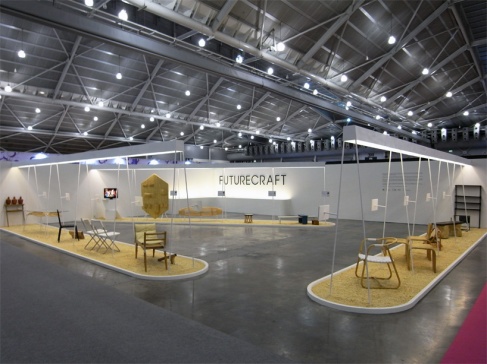

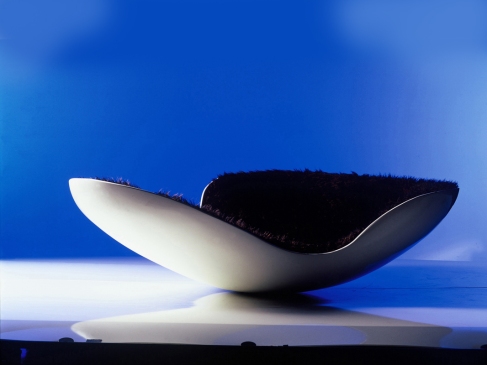
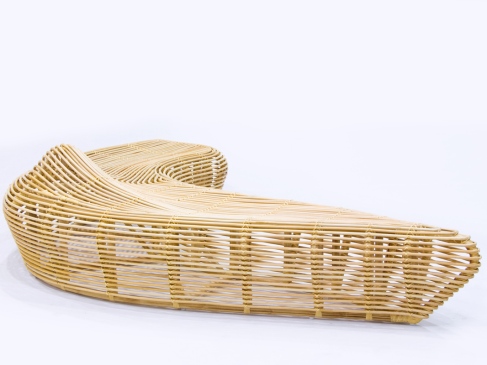
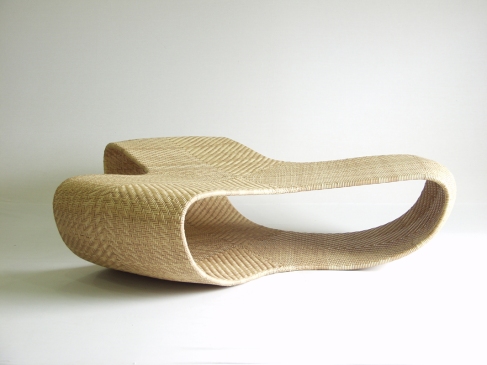

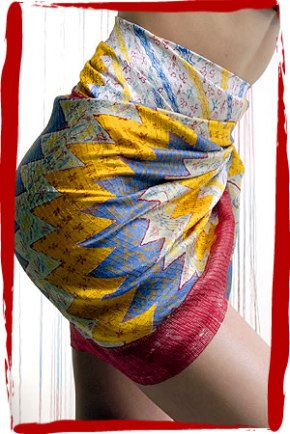
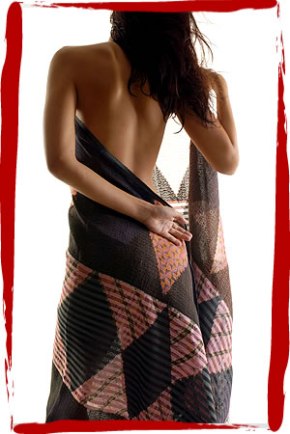
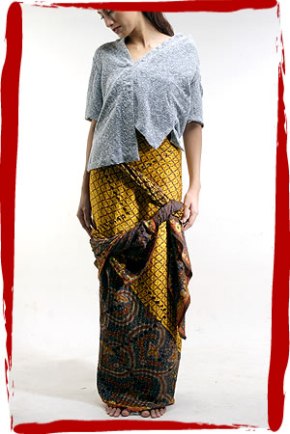

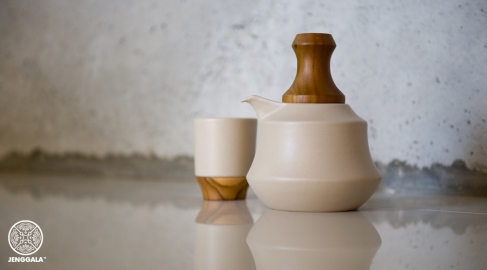


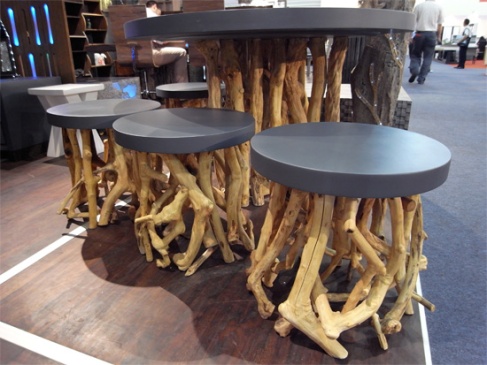

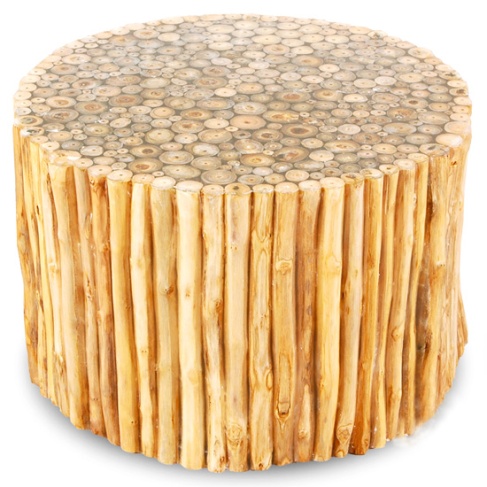
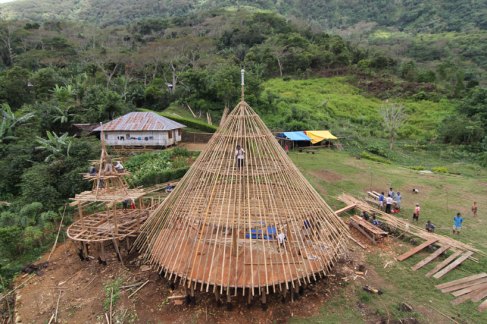
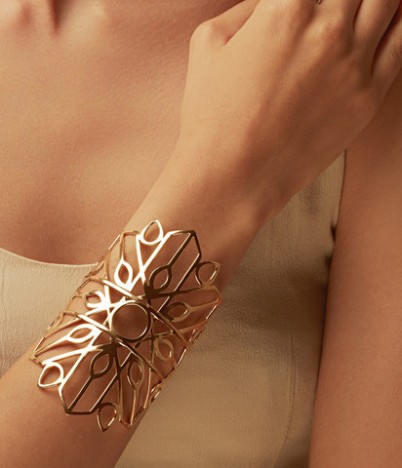
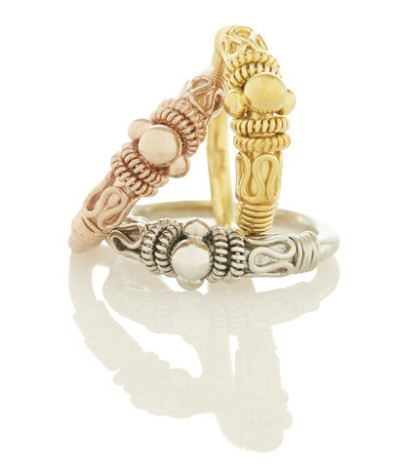

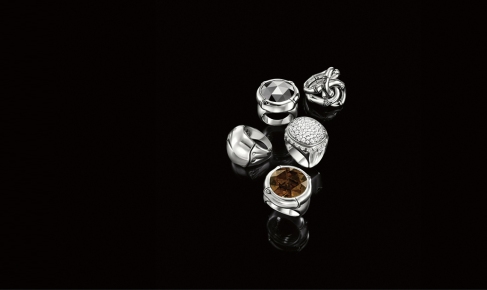
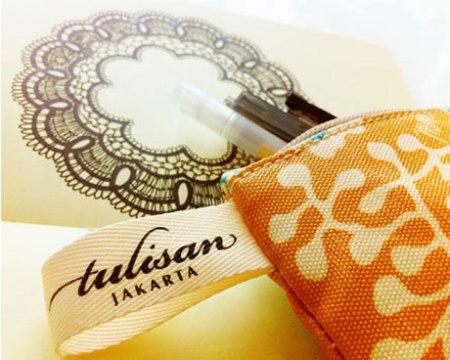
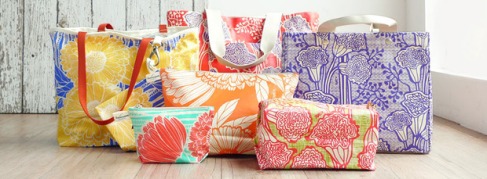
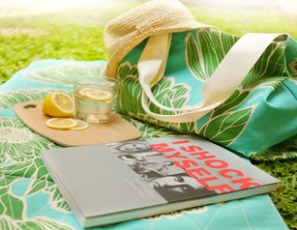
The Future Craft Workshop looks like so much fun. It would be awesome if there was something like this for anyone who was interested.I love the mangrove legged stools and seats too. You have found some really unique projects.